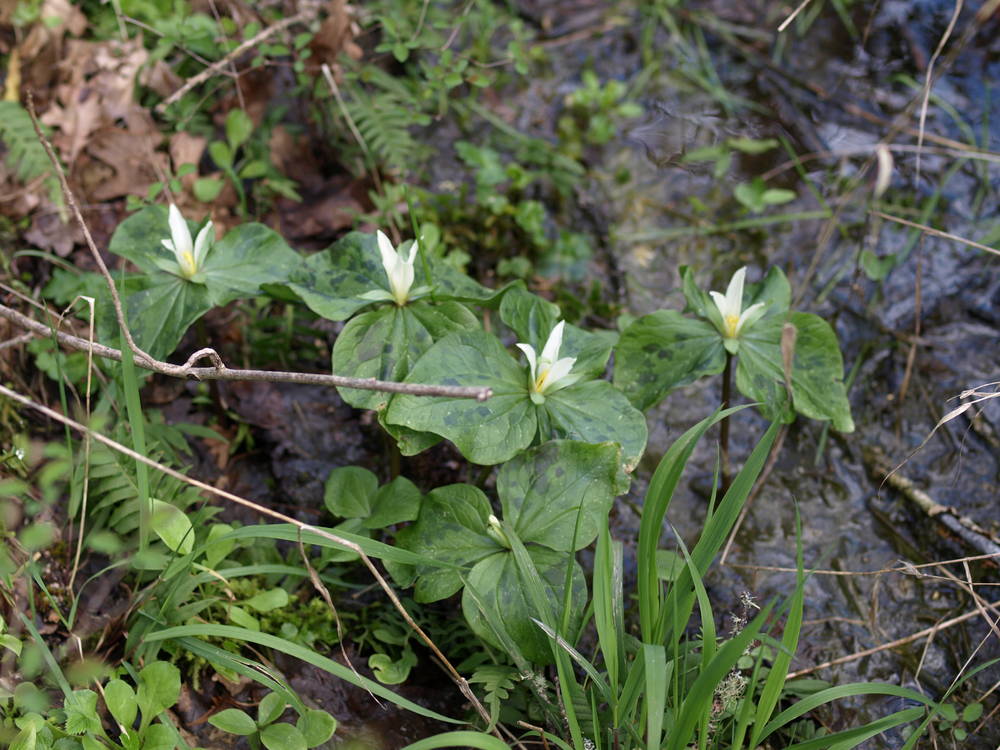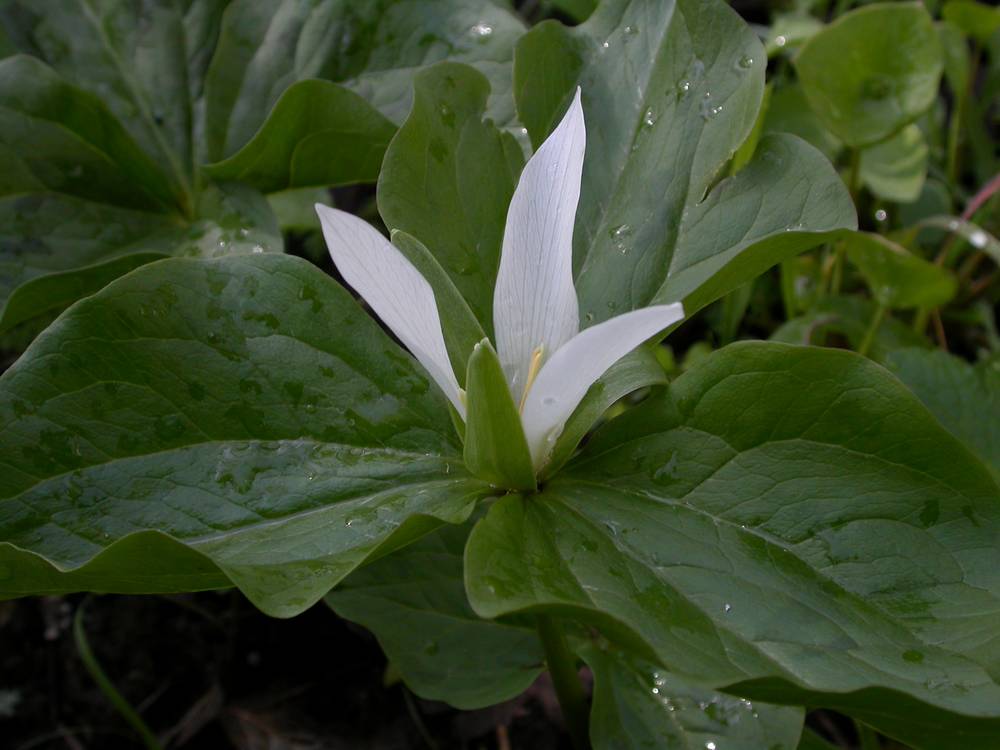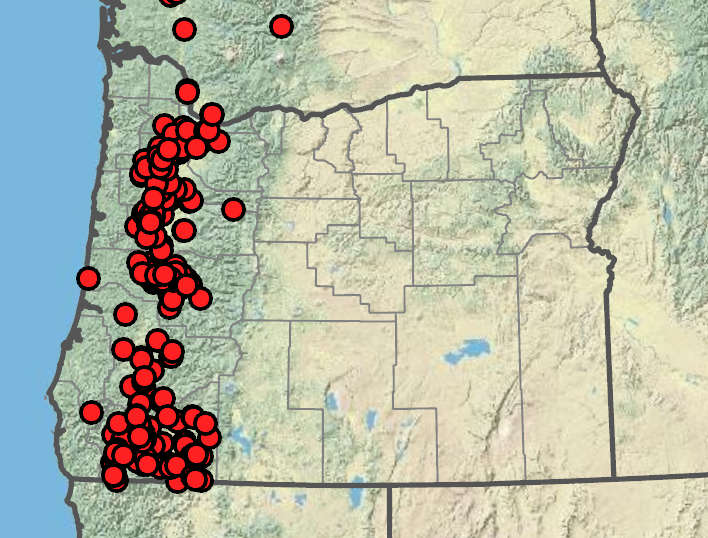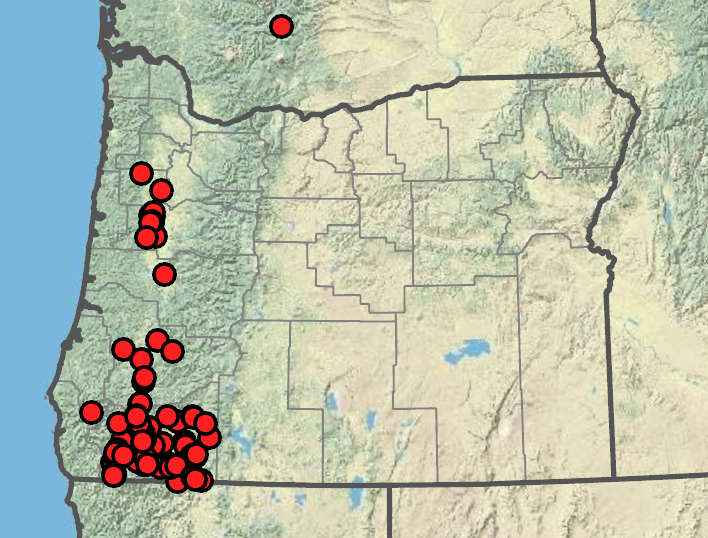Trillium albidum
Trillium albidum ssp. albidum
giant trillium, sessile trillium
giant trillium, sessile trillium
ovate to broadly ovate, 6–20 × 5–15 cm, with weak mottling; spots often fading, not glossy;
apex rounded to obtuse, sessile.
10–20 × 5–15 cm.
1–3 (rarely more), 20
25
sessile;
sepals lanceolate, 15–65 × 4–15 mm, green;
margins entire;
apex acute;
petals erect or slightly spreading, linear to obovate, 2–8 × 0.5–3 cm, white to cream-colored;
base sometimes rose pink to purple, rarely entire petal purple;
base often cuneate;
apex rounded to acute;
margins entire;
stamens erect, 10–25 mm;
filaments 1–4 mm, white to greenish white;
anthers erect, 10–20 mm, yellow or greenish white;
ovary ovoid, green or sometimes purple;
stigmas erect to spreading, 3–7 mm.
petals obovate (lanceolate when young), 5–8 × 2–3 cm;
stamens 15–25 mm;
filaments 3–4 mm.
ovoid to globose, green to maroon.
green to purple-green.
55 cm long.
55 cm.
Trillium albidum
Trillium albidum ssp. albidum
2 subspecies.
The two subspecies of T. albidum are known to hybridize where their ranges overlap. This hybrid is sometimes referred to as T. × oregonum.
Moist areas, fields, pastures, coniferous forests, along streams and rivers. Flowering Mar–Jun. 50–1900 m. Sisk, WV. CA. Native.
Tamra Prior
Tamra Prior





